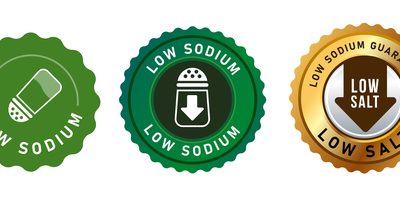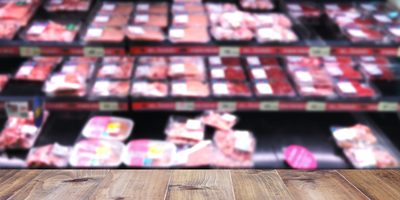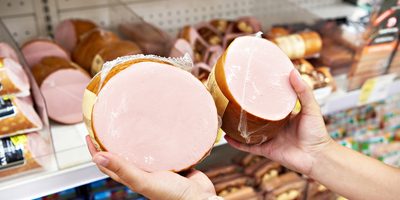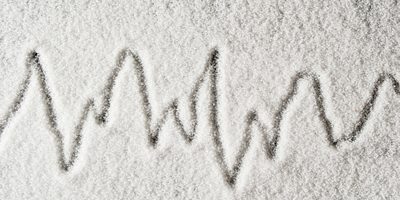
New research: time for Australia to target salt
New research shows that more than 70% of processed meats, cheeses and sauces contain unacceptably high levels of salt in Australia. Many other food products also had high levels of salt. These findings have been released by The George Institute to coincide with World Salt Awareness Week (1-7 February).
The Australian Division of World Action on Salt and Health (AWASH) is calling on the government to take action by setting salt target levels for processed and take-away foods.
Professor Bruce Neal, Chair of AWASH says, "Salt reduction efforts in Australia are piecemeal and progressing too slowly. Target levels for salt in processed and take-away foods are urgently required. Industry is crying out for a level playing field that everyone can work towards". He added, "They’ve shown this works in the UK, and New York City has just set targets that will be applied across the US. We are passing up one of the greatest public health opportunities in Australia - a recent report on the US strategy showed that reducing population salt intakes by 3 grams could prevent up to 92,000 deaths each year."
In the UK and the US, negotiations between government, industry and scientists have established maximum acceptable salt levels for more than 85 categories of processed and fast foods. Industry then works towards achieving these targets over an agreed timeframe, typically a couple of years.
There is overwhelming evidence that the current high levels of salt consumed in Australia causes high blood pressure, the leading cause of stroke and a major factor in heart disease. Most Australians eat 8-10g of salt a day but could live healthily on just 1-2g/day. Levels of salt in naturally occurring foods are very low but industry adds huge amounts during the manufacturing process. There is growing evidence that it also causes stomach cancer, osteoporosis, obesity, kidney stones and kidney failure.
The new research, published in the American Journal of Clinical Nutrition this month, highlights the wide range of salt levels in Australian processed foods and shows how they stack up against UK targets. The Australian food industry has achieved important reductions in some food categories but others are still very salty. For many food types there was a huge range in the salt content of the saltiest product compared to the least salty, suggesting substantial scope for change.
Says Jacqui Webster, lead author of the new research and Coordinator of AWASH, "Many people recognise that salt is bad for health and have stopped adding salt during cooking or at the table, but this will only get them so far. With some three quarters of the salt we eat hidden in everyday foods such as bread, processed meat, and take-away foods, it is very hard to make the large reductions needed." She also noted that, "Australia needs to set its own salt targets. We can get a good lead from the UK and the US about how to do this but we urgently need the Australian food industry and government to come to the table and figure out a local solution".
The George Institute will ask government, industry and AWASH to meet, review the new data and develop a plan for setting targets for salt levels for all processed and take-away foods that contribute importantly to salt in the Australian diet. This includes bread, processed meat products, processed cheeses, soups and sauces, savoury snacks and biscuits, salad dressings, breakfast cereals, pastries and most fast food and take-away meals.







